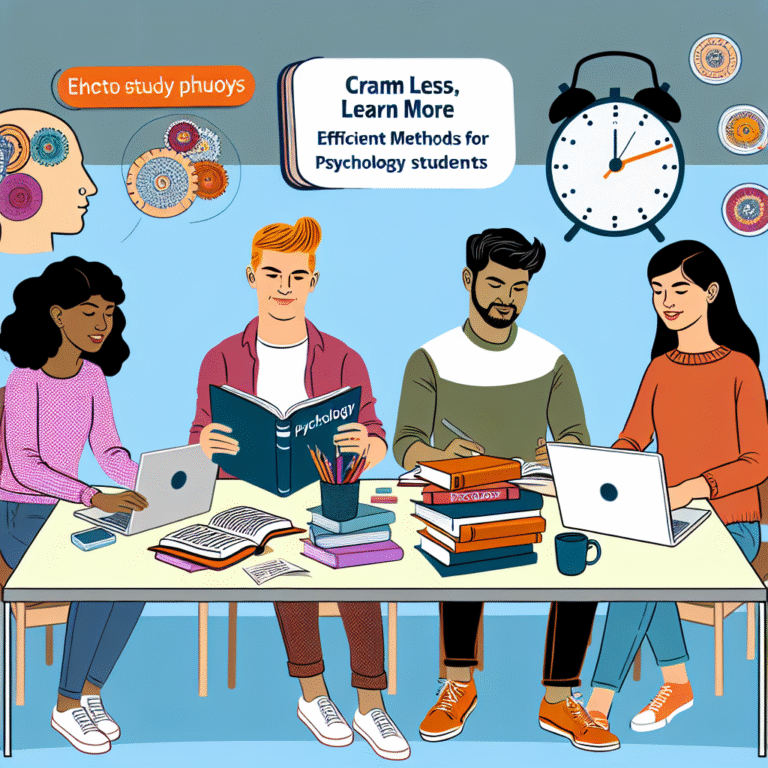
Introduction
In an age where technology can do just about everything—from ordering groceries to diagnosing diseases—the exploration of the human brain remains one of our most profound challenges and mysteries. The brain, the most complex organ in the human body, is the seat of our thoughts, emotions, and actions. It’s also the final frontier of medical knowledge. Recently, advances in brain imaging technology have made it possible to peel back the layers of our mental processes like never before. This article, "Unlocking the Mind: The Latest Breakthroughs in Brain Imaging Technology," delves deep into these revolutionary advancements that are not just reshaping neuroscience but also have implications for healthcare, mental health, and even education.
The Landscape of Brain Imaging Technologies
To appreciate the significance of the latest breakthroughs in brain imaging technology, it’s essential to understand the various modalities currently in use. Each technology presents unique capabilities and limitations.
1. Functional Magnetic Resonance Imaging (fMRI)
Functional MRI (fMRI) has become a cornerstone of modern neuroscience. By measuring brain activity through changes in blood flow, fMRI can identify active areas of the brain as subjects engage in tasks.
- Key Features: Non-invasive, high spatial resolution.
- Common Applications: Research in cognitive neuroscience, pre-surgical brain mapping.
2. Positron Emission Tomography (PET)
While fMRI measures blood flow, PET imaging measures metabolic activity. By injecting a radioactive tracer, PET scans can vividly illustrate areas of increased activity in the brain.
- Key Features: Excellent for detecting abnormalities such as tumors.
- Common Applications: Cancer diagnosis, Alzheimer’s disease assessment.
3. Electroencephalography (EEG)
Unlike fMRI and PET, which provide molecular-level insights, EEG records electrical activity along the scalp. This technique is pivotal in understanding immediate brain responses.
- Key Features: Quick and cost-effective.
- Common Applications: Diagnosis of epilepsy, sleep studies, cognitive monitoring.
4. Magnetoencephalography (MEG)
MEG offers the ability to map brain activity on a millisecond scale, making it invaluable for understanding real-time brain function.
- Key Features: High temporal resolution, non-invasive.
- Common Applications: Clinical applications in neurology, research in cognitive processes.
Comparison Table of Imaging Techniques
| Technology | Spatial Resolution | Temporal Resolution | Invasiveness | Common Uses |
|---|---|---|---|---|
| fMRI | High | Low | Non-invasive | Cognitive tasks, brain mapping |
| PET | Moderate | Very Low | Invasive | Cancer diagnosis, brain diseases |
| EEG | Low | Very High | Non-invasive | Epilepsy, sleep studies |
| MEG | Moderate | High | Non-invasive | Real-time brain function study |
Recent Breakthroughs Shaping Brain Imaging
The field of brain imaging is evolving rapidly, with numerous advancements enhancing our understanding of complex neural processes. Below, we explore three groundbreaking technologies that exemplify the essence of "Unlocking the Mind: The Latest Breakthroughs in Brain Imaging Technology."
1. High-Definition Fiber Tracking (HDFT)
High-Definition Fiber Tracking is revolutionizing how we visualize white matter tracts in the brain. This cutting-edge method allows for unprecedented clarity and detail in tracking neural pathways.
- Case Study: A recent study at the University of Minnesota employed HDFT to study the connectivity in the brains of individuals with traumatic brain injuries. The researchers found that mapping these pathways can provide insights not just for recovery but also for predicting outcomes.
2. Artificial Intelligence and Machine Learning Integration
The integration of AI in brain imaging is a game changer. Algorithms enable unprecedented speed and accuracy in processing imaging data, making correlations and predictions that would otherwise be impossible.
- Case Study: Researchers at Stanford University used AI to analyze fMRI data of participants while they viewed images. The AI could predict visual stimuli the subjects were looking at with 98% accuracy, underscoring the potential for real-time brain decoding.
3. 7-Tesla MRI Scans
Traditionally, MRI machines operate at 1.5 or 3 Tesla. The introduction of 7-Tesla MRI has opened a new frontier.
- Case Study: In a collaborative study involving Harvard and MIT, 7-Tesla scans allowed researchers to differentiate between types of brain tumors in a level of detail that was unimaginable. This advancement facilitates personalized treatment plans.
The Clinical Implications of Breakthroughs in Brain Imaging
The implications of these breakthroughs extend far beyond the lab. From mental health treatment to functional recovery post-injury, the clinical potential of advanced brain imaging technologies is staggering.
Mental Health Assessment
Imaging technologies have begun to penetrate fields like psychiatry, giving mental health professionals tools to assess conditions such as depression, anxiety, and schizophrenia more objectively.
- Case Study: A multi-institution study used machine learning to analyze brain scans of depressive patients, ultimately identifying unique biomarkers that can guide treatment plans.
Personalized Medicine and Treatment
With the ability to visualize the brain’s structure and functioning more accurately, healthcare providers can tailor treatment plans to the unique needs of patients.
- Case Study: Following a stroke, a patient’s brain scans were analyzed using advanced imaging techniques to devise a specific rehabilitation strategy. The tailored approach resulted in a higher recovery rate compared to traditional methods.
Future Directions: What’s Next for Brain Imaging Technology?
As we stand at the crossroads of technology and neuroscience, the future looks bright. The path of "Unlocking the Mind: The Latest Breakthroughs in Brain Imaging Technology" is paved with potential innovations:
1. Portable Imaging Technologies
The development of portable brain imaging technology could revolutionize how we assess brain health in various settings—from hospitals to remote communities.
2. Enhanced Real-Time Imaging
As sensors and imaging technologies continue to evolve, we can expect to see more accurate real-time imaging, providing insights into how the brain responds to stimuli as it happens.
3. Integration with Virtual Reality
The convergence of VR and brain imaging could offer immersive therapy experiences, particularly for mental health interventions. This creates an opportunity to observe brain responses and tailor experiences accordingly.
Conclusion
"Unlocking the Mind: The Latest Breakthroughs in Brain Imaging Technology" showcases a thrilling landscape of possibilities. As we continue to unravel the complexities of the brain with innovative imaging techniques, we not only enhance our understanding of human cognition but also improve clinical outcomes and interventions. This journey is about more than just advancement; it is about unlocking potential—both personal and global—in improving mental health, unraveling neurological disorders, and unearthing the very essence of what it means to be human.
FAQs
1. What are the main types of brain imaging technologies?
The main types include fMRI (functional MRI), PET (Positron Emission Tomography), EEG (Electroencephalography), and MEG (Magnetoencephalography).
2. How does high-definition fiber tracking improve brain imaging?
HDFT offers enhanced visualization of white matter pathways, allowing researchers to understand neural connectivity better and its implications for various brain disorders.
3. What role does artificial intelligence play in brain imaging?
AI enhances the processing and analysis of imaging data, leading to quicker and more accurate diagnoses and treatment recommendations.
4. Why is 7-Tesla MRI significant?
7-Tesla MRI provides higher resolution images, allowing for the differentiation of brain structures and conditions with greater confidence and precision.
5. How can brain imaging technology aid in mental health diagnosis?
Advanced imaging techniques can identify unique brain patterns and biomarkers associated with mental health conditions, facilitating more accurate assessments and personalized treatment approaches.
This exploration of the latest breakthroughs in brain imaging technology invites us all to ponder the possibilities that lie ahead as we continue to unlock the mysteries of the mind. The integration of these advanced technologies in various sectors has the potential not only to illuminate the dark corners of the brain but to revolutionize how we understand ourselves and our mental well-being.

















